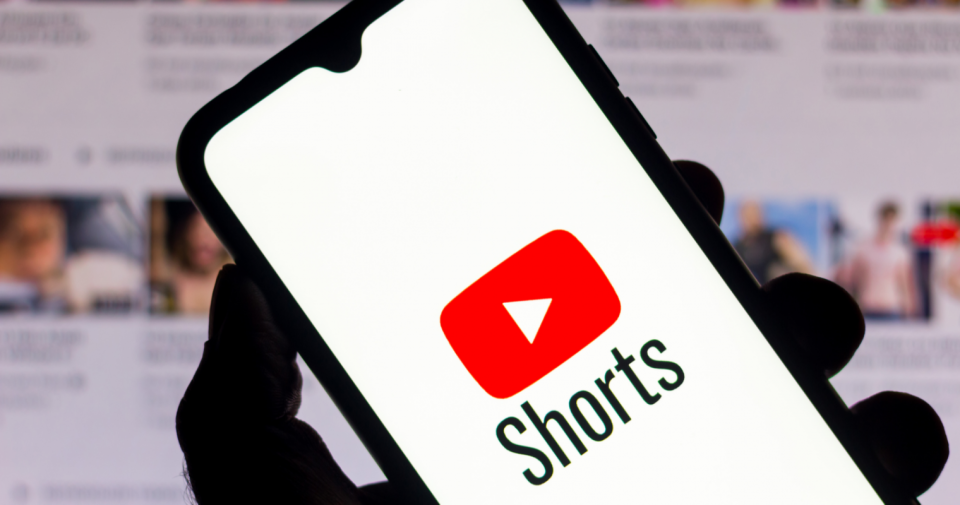YouTube is testing ads on its short-video feature, YouTube Shorts, as it looks to attract more creators to its platform and counter looming threats from global rivals TikTok and Instagram Reels. As part of the pilot project, Google Chief Commercial Officer Philip Schindler said on Alphabet’s April 26 earnings call that the company is testing app installs and video action campaigns. “While it’s early days, we are encouraged by the initial advertiser feedback and results,” he said.
The video-sharing platform first launched Shorts in India in September 2020 before expanding it to other markets, including the US, UK, and Canada, last year, followed by a global launch last July. Alphabet CEO Sundar Pichai said on earnings call that YouTube Shorts now has more than 30 billion average daily views, a fourfold increase over the past year. “As we’ve always done with our products, we focus first on creating a great user experience, and over time, we’ll try to be profitable,” he said.
YouTube had said in February 2022 that it planned to test different ways for creators to make money on Shorts while detailing a roadmap for 2022. Last May, it launched a $100 million Shorts fund to reward top Shorts creators developing original content in 2021-2022. YouTube CEO Susan Wojcicki said in January that more than 40 per cent of creators receiving funding from the fund in 2021 are not part of the company’s monetisation program, the YouTube Partner Program.
Monetising the short-video feature is critical to YouTube as viewership of short-form videos continues to grow as a percentage of the platform’s total watch time. During the call, Schindler said they were experiencing “slight headwinds to revenue growth” due to Shorts’ rising ratings. The team is currently “focused on closing the gap with traditional YouTube advertising over time.”
The move also comes when rivals Meta (Facebook and Instagram) and Snap are conducting similar tests of their short-video products. “We’re taking a fresh look at what it means to monetise and reward creators of short-lived videos with Shorts. We’re very actively looking at the future of monetisation,” Schindler said.
The comments came as YouTube missed Wall Street expectations for its ad sales. Sales of the Google-owned video platform rose 14 per cent to $6.87 billion in the first quarter ended March 31, 2022, compared with a 49 per cent increase a year earlier.
Alphabet CFO Ruth Porat said the Russia-Ukraine war had significantly impacted YouTube advertising due to the suspension of the vast majority of its commercial activity in Russia and a reduction in related spending by advertisers, mainly European brands. However, YouTube’s subscription business “continues to deliver solid revenue growth, driven by subscriber growth in YouTube TV and YouTube Music and Premium,” Porat said.







